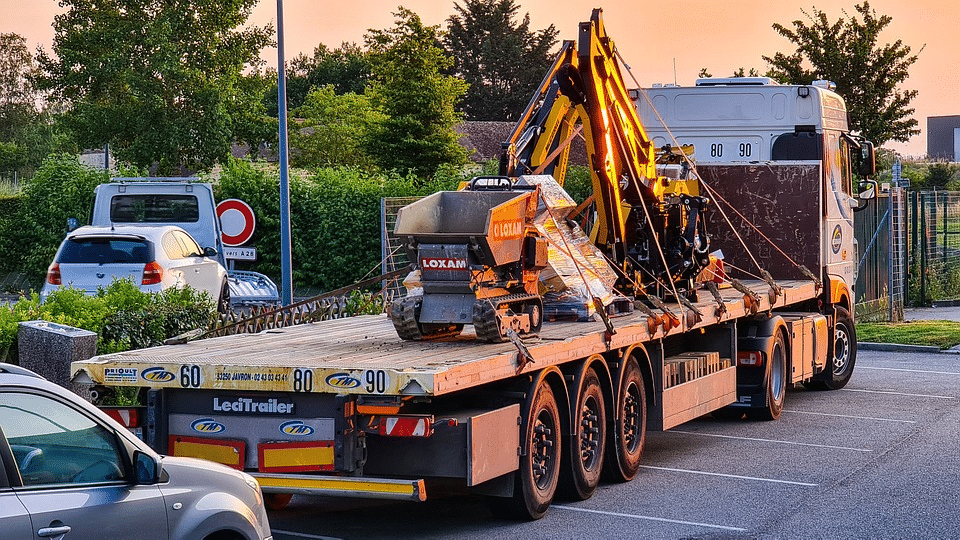To move large and heavy loads, open vehicles like flatbed trucks are frequently utilized in the transportation industry. However, because to its open design, more care must be used to load and secure the products properly. The driver’s safety, the safety of the cargo, and the safety of other drivers all depend on this. We’ll go over crucial tips and methods in this post for securely loading and securing cargo on flatbed trucks.
Understanding weight limits
Before loading any cargo onto a flatbed truck, it is vital to know and understand the weight limits specified by the manufacturer. If these restrictions are exceeded, the truck may suffer structural damage and lose some of its roadworthiness. You can guarantee a secure and effective journey by following the weight restrictions.
Protection
To prevent damage to the flatbed surface and to enhance cargo stability, consider using a bedliner. Bedliners provide a barrier between the cargo and the flatbed, lowering the possibility of dents, scratches, and shifting while being transported. They also provide more traction for effectively securing the goods.
Securing the load
Properly securing the load is of utmost importance to prevent it from shifting or falling off the flatbed during transit. Start by choosing suitable tie-down straps, chains, or ropes that are strong enough to support the weight and securely fasten the load. To ensure balance, distribute the tie-down points evenly.
Using anchor points
Most flatbed trucks are equipped with anchor points along the sides and the bed itself. These anchor points were created to hold down freight. Use these places to attach tie-downs so that the tension is distributed evenly. This method offers a secure load while reducing stress on the anchor points.
Applying the proper technique
When securing the load, it is crucial to follow the correct technique. The straps or chains should first be fastened to the anchor points on the truck bed. Remove any slack from the restraints before tightening them. While in transit, check the straps frequently to make sure they are still tight and stable. The risk of the cargo shifting is decreased, and stability is maintained by using the proper procedure.
Using edge and corner protectors
Take into account using edge and corner protectors to safeguard both the cargo and the securing mechanisms. By creating a cushioning barrier between the cargo and the restraints, these protectors reduce the possibility of harm from rubbing or jagged edges. Additionally, they aid in uniformly dispersing the pressure, which lowers the risk of strap failure.
Regular inspections
It’s important to regularly assess the load and secure the equipment throughout the trip. Look for any indications that the cargo or the tie-downs have become loose, moved, or damaged. If required, tighten the restraints again to keep the load stable. Quick response during inspections guarantees the integrity and safety of the shipment.
Conclusion
In order to avoid mishaps, cargo damage, and harm to other road users, flatbed truck drivers must utilize safe loading and fastening practices. Flatbed truck drivers can reduce hazards, safeguard their cargo, and uphold the highest levels of road safety by adhering to these rules.








